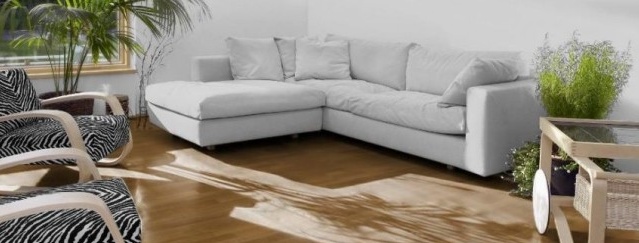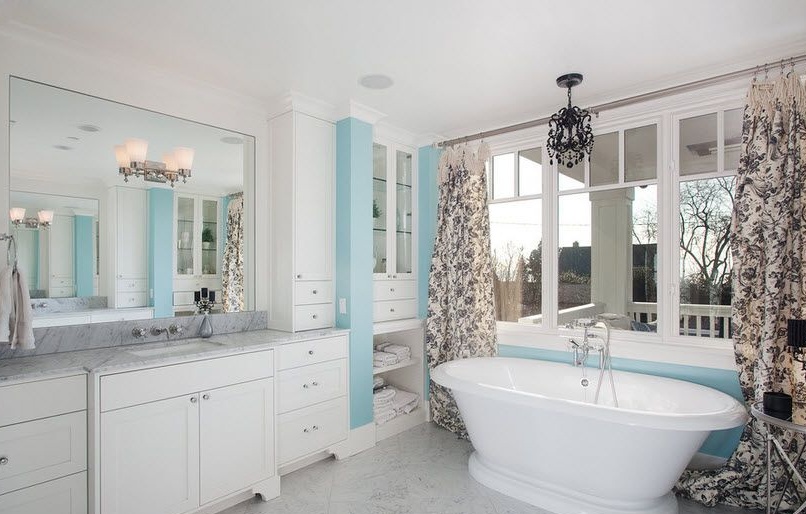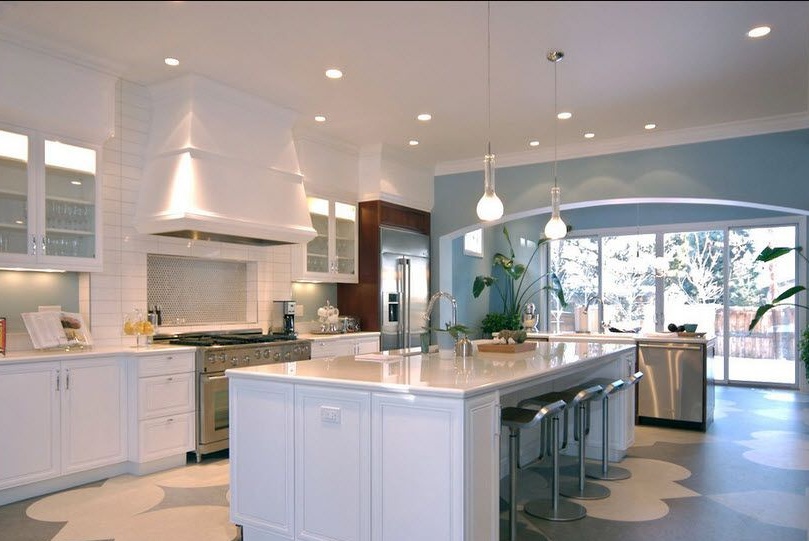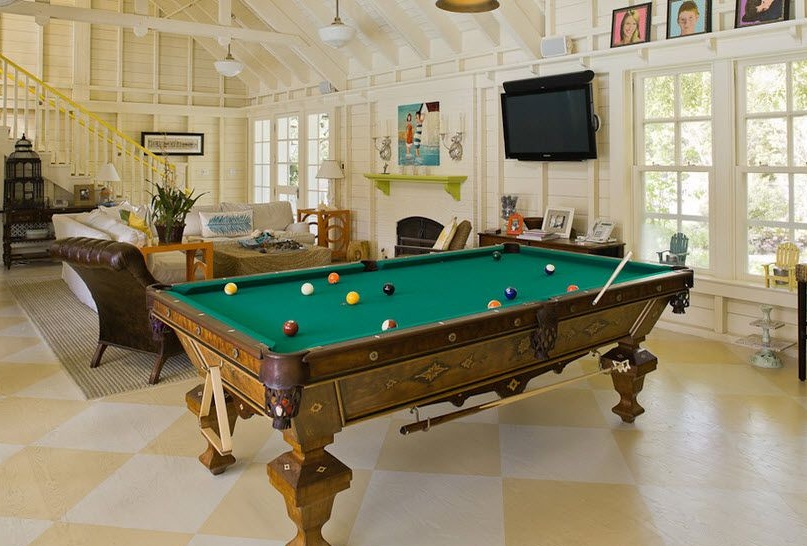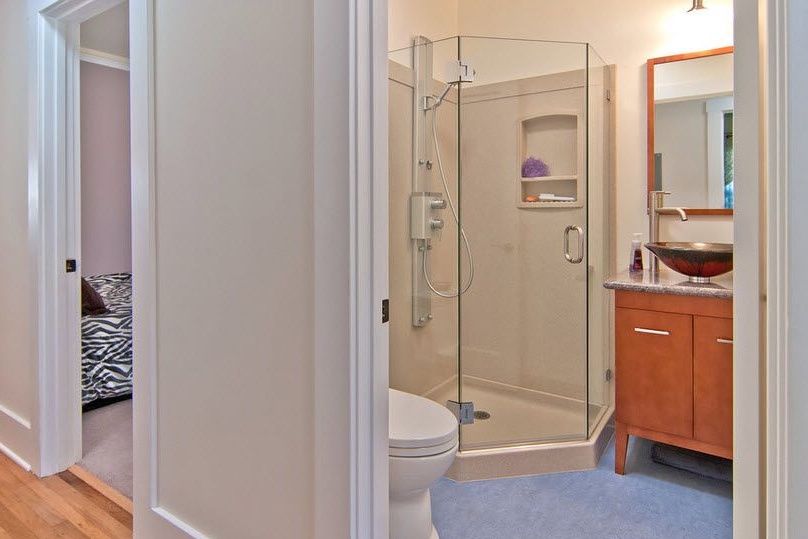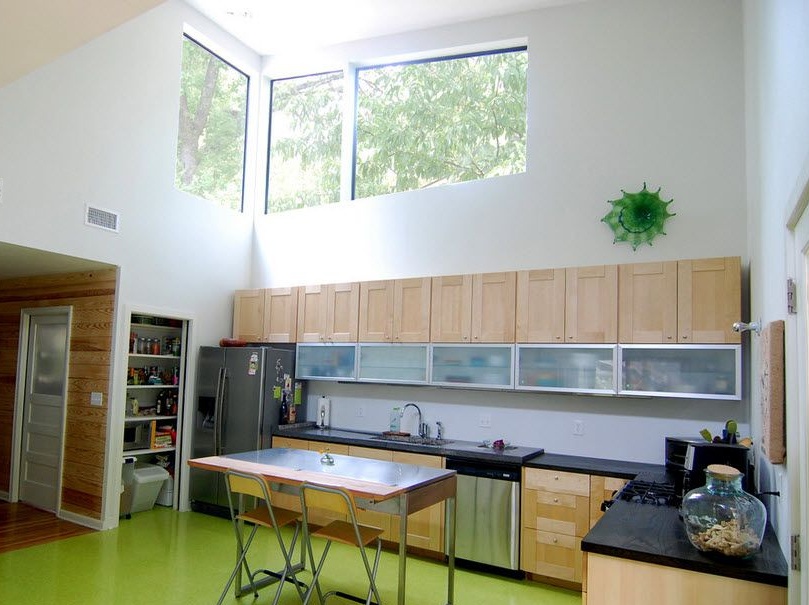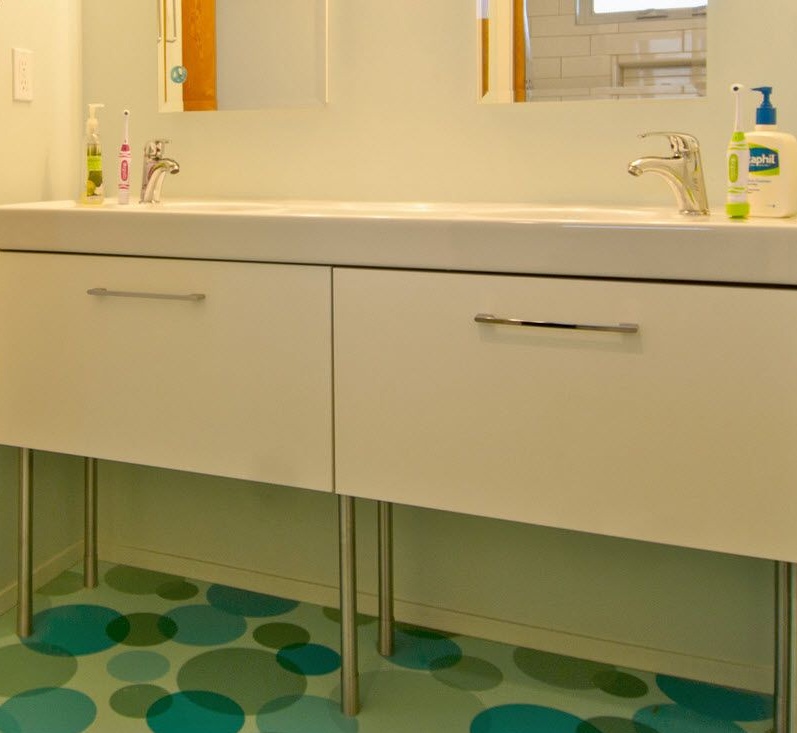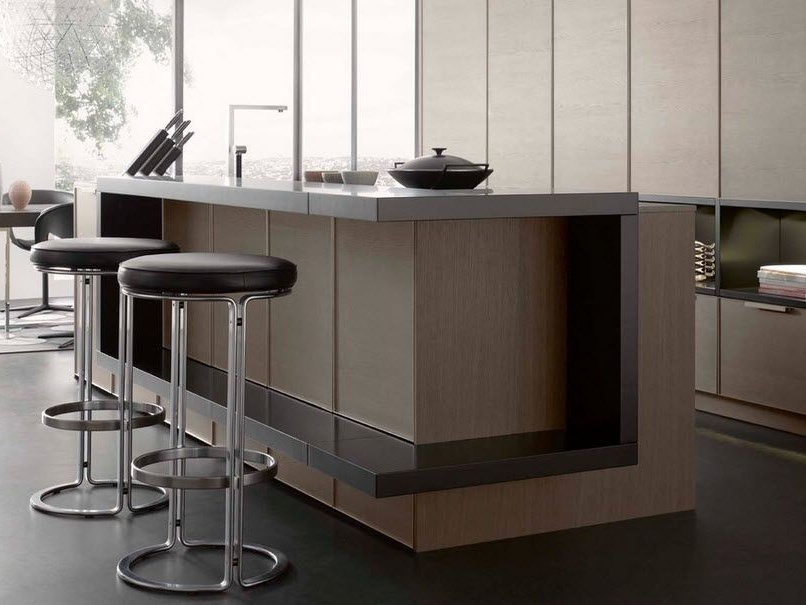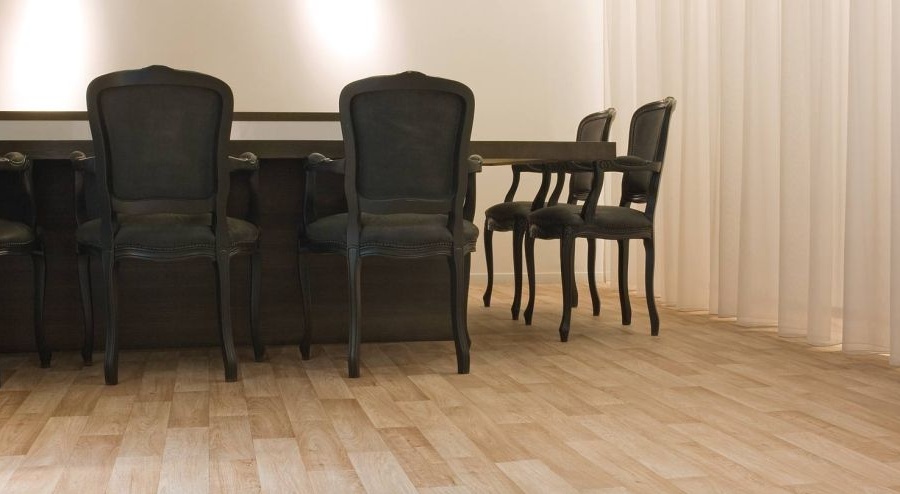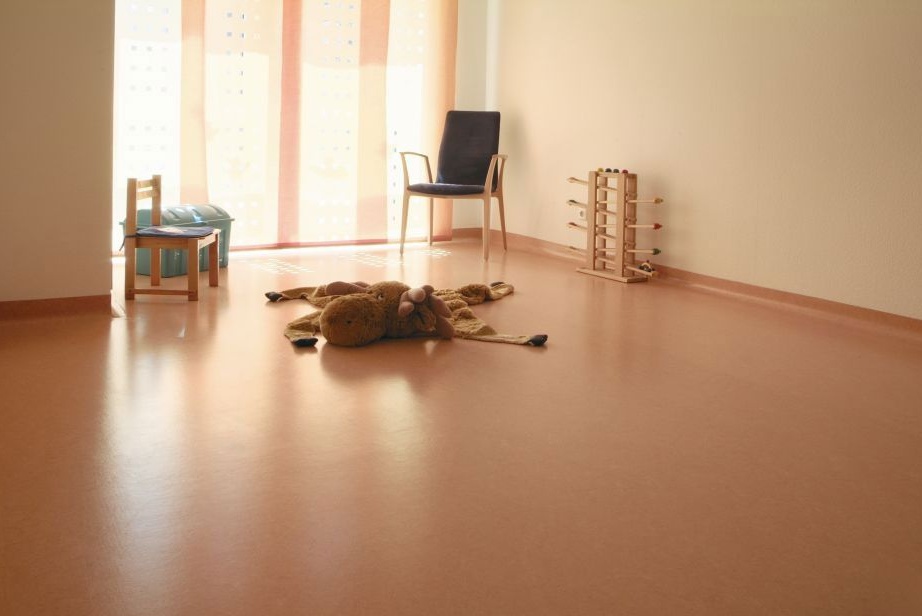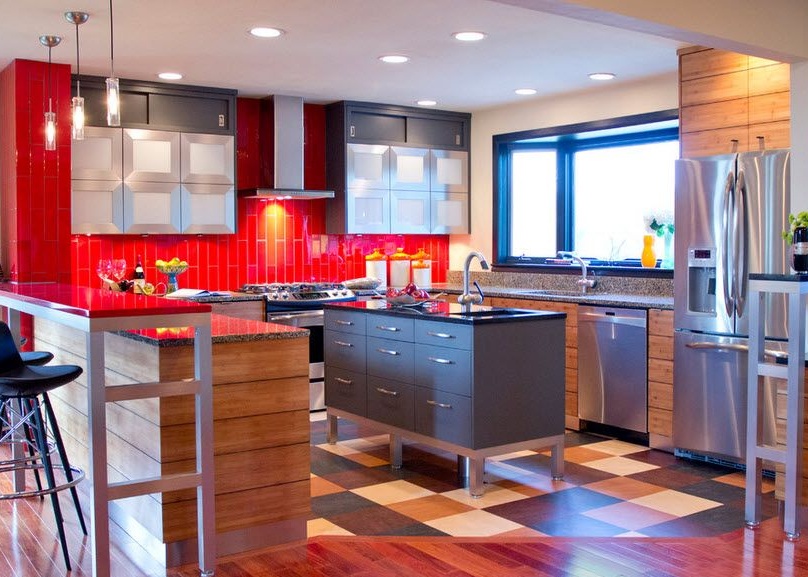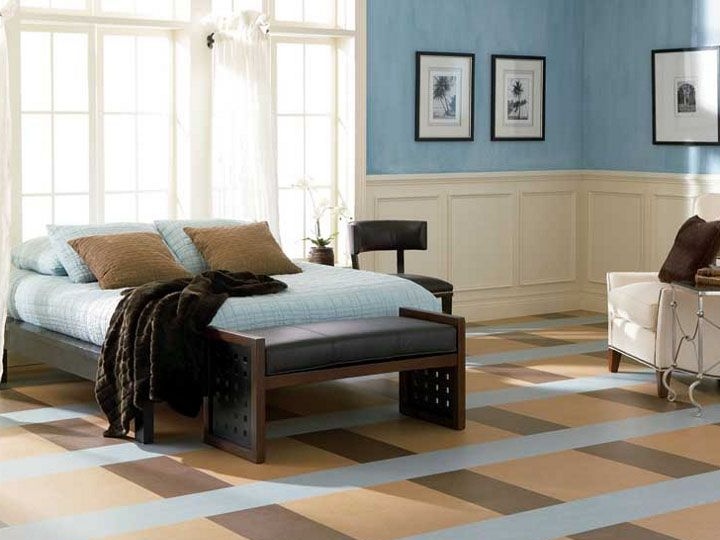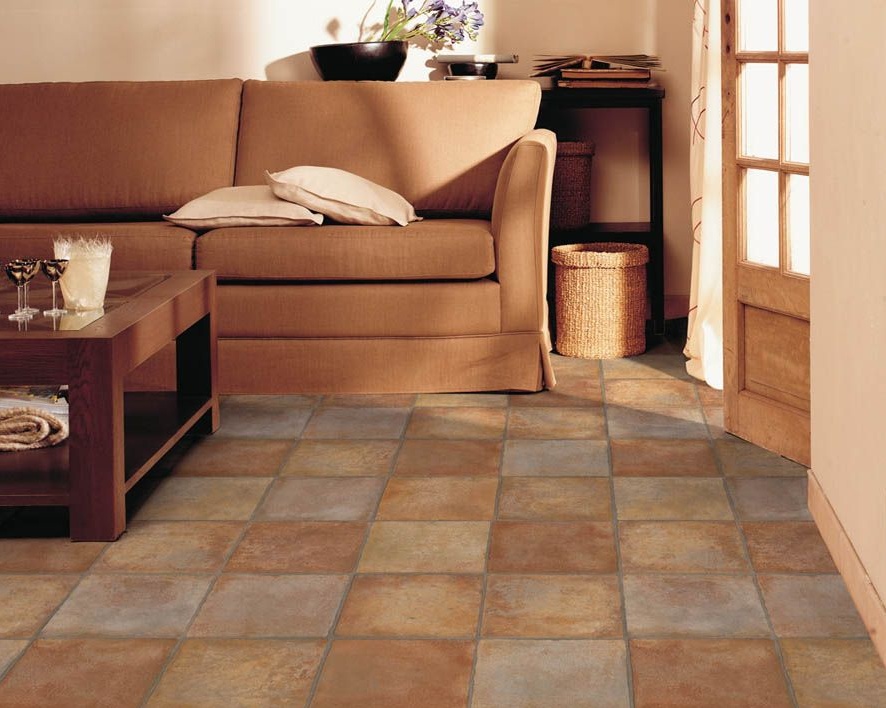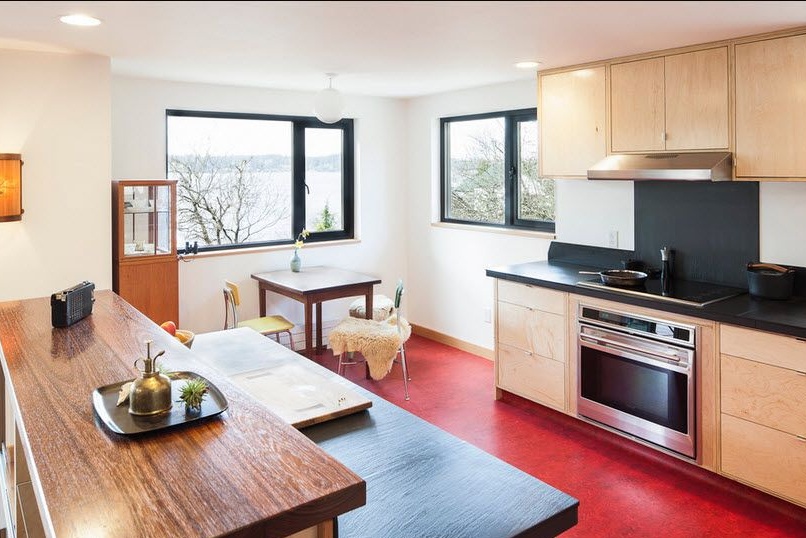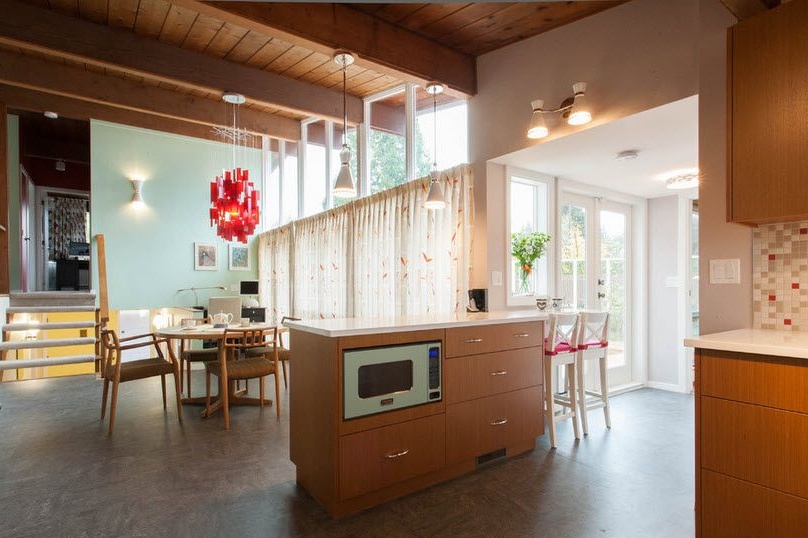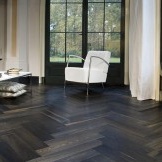Linoleum in the interior: photo and description
In the process of designing the room, great importance is given to the floor, namely the choice of flooring. The material should combine aesthetic appearance and practicality. In the modern construction market, you can find a large selection of floor coverings. But, despite the abundance of goods, one of the most popular is linoleum. Today, this finishing material meets all quality requirements, is an environmentally friendly product and has good wear resistance, which indicates its durability.
Several types of linoleum are distinguished depending on the material.
Natural linoleum - This is a coating made on the basis of a fabric of jute fibers, impregnated with linseed oil with additives in the form of resin of trees, gum, limestone and wood flour. Such a material is considered environmentally friendly, since its composition includes only natural components. In this regard, it is often used as flooring in child care facilities, hospitals and residential premises.
In addition to its safety for human health, this type of linoleum is distinguished by a variety of color solutions that can be used to create any room interior.
Its thickness can be different, its choice depends on the purpose of the coating. So for places with a large load on the surface, such as shopping malls, office rooms choose a thicker linoleum, for places with a lower intensity of use, for example for rooms in the house - thinner. Regardless of the thickness, natural linoleum is a durable floor covering, moreover, it is difficult to ignite, which makes it safe. Its only drawback is the smell of flax oil, which disappears after laying within 30 days.
- PVC linoleum It is created on the basis of synthetic polyvinyl chloride, it also includes various kinds of additives and fillers. This composition does not allow us to consider this type of coating environmentally friendly, but ensures its low cost and availability. The material has good heat and sound insulation properties.
- There are two types of PVC linoleum:
- homogeneous, has high wear resistance, due to the uniformity of the canvas having the same pattern;
- heterogeneous, its strength depends on the thickness of the layers, but it can be of different color.
- Colloxylin linoleum. The composition of this species includes colloxylin, various dyes and additives. Despite the moisture resistance and elasticity, it is not used in places where a large number of people are staying, since it belongs to flammable materials, and is not safe.
- Rubber linoleum made on the basis of synthetic rubber components, rubber, bitumen and other additives are also included. The material has increased strength and resistance to mechanical stress. Due to its embossed surface and durability, it is placed in gyms, pools, kitchens, public transport, etc.
Linoleum flooring
Among the existing methods of flooring - dry and adhesive - the most common dry method. The basis on which linoleum will be laid must be prepared in advance. All irregularities and defects must be removed, and if this is not enough, then it is necessary to carry out repair work. Linoleum is cut out with the required dimensions, leaving a small margin, and left for several days. After the surface of the linoleum “smoothes out”, they begin to evenly lay. The trimmed edges and joints are fixed to the floor base with aluminum strips with prepared holes for screws. A plinth is laid around the perimeter of the room, which tightly covers all the edges and creates a complete picture of a perfectly smooth floor surface.
Let's look at some tips on choosing linoleum on video

